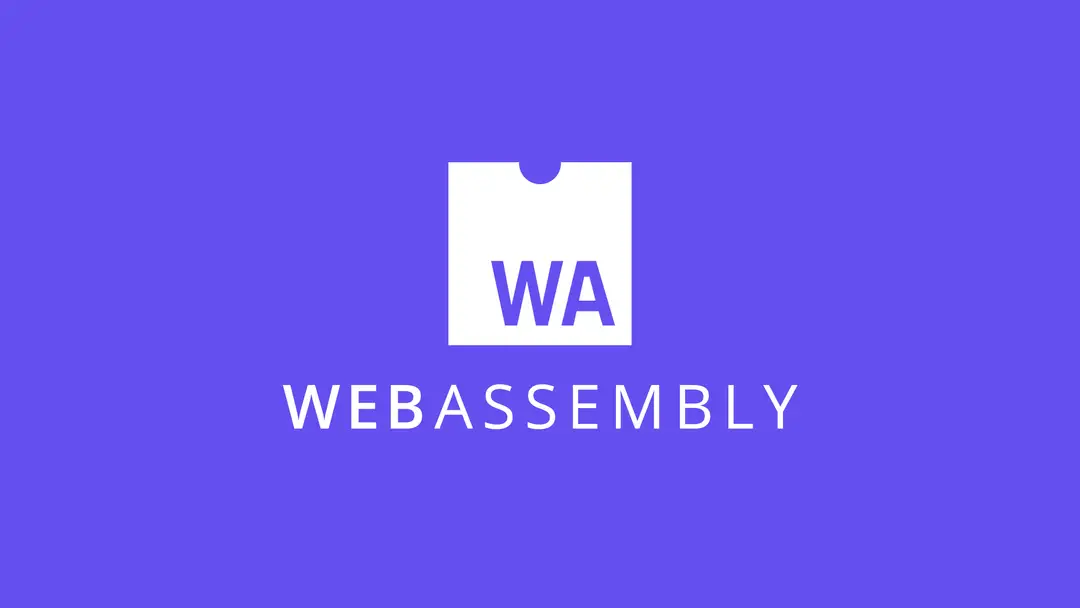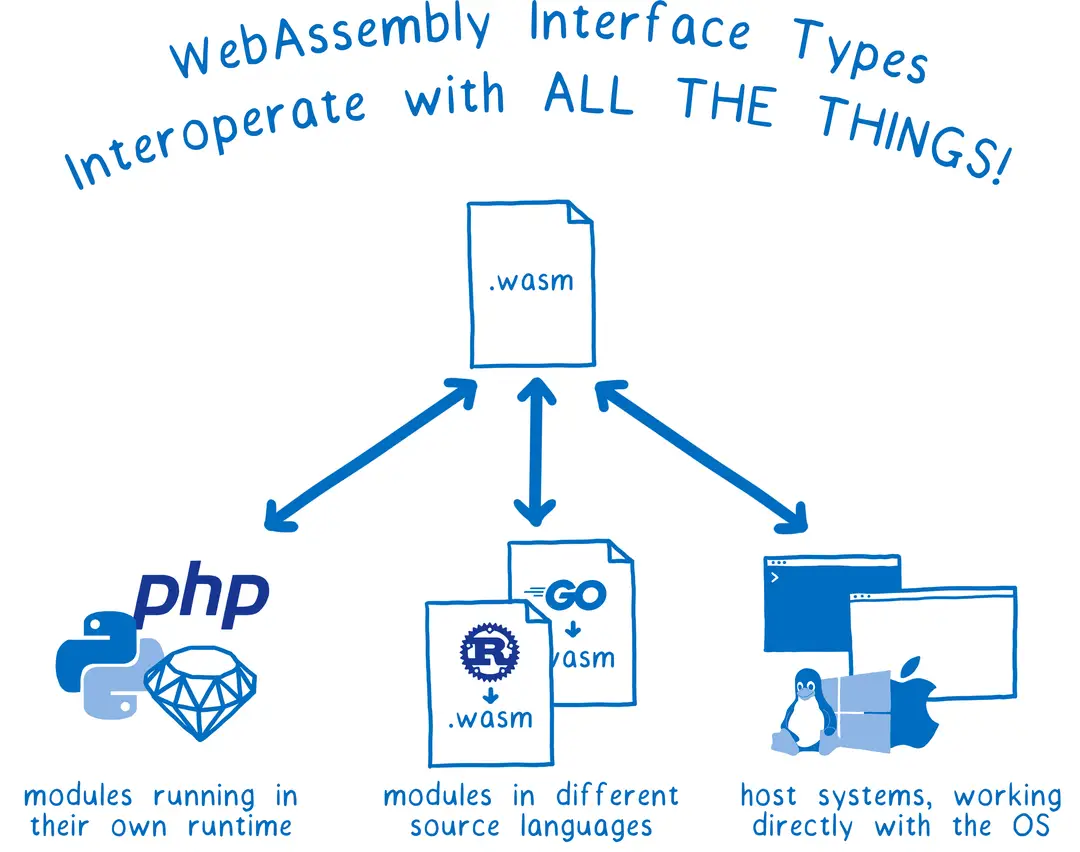Welcome to the Web3 world, where digital finance and applications are reshaping our understanding of the internet through blockchain technology, cryptocurrencies, and a pioneering spirit. The Web3 landscape can often be daunting with its array of complex terms and technologies. But don't worry, we're here to demystify these terms and guide you on your learning journey. Today, we delve into an innovative technology making waves in the Web3 space: [WebAssembly (Wasm)].
WebAssembly (abbreviated Wasm) is a type of code that lets web applications run really fast, almost like they’re running directly on your computer. It takes code written in languages like C++, C#, and Rust, turns it into a compact form, and then runs it in your web browser. Wasm works alongside JavaScript, so they can team up to create powerful web applications.
WebAssembly comprises several core components that ensure its functionality and performance:
●Binary Format: Wasm code is compiled into a compact binary format, which is more efficient to load and execute than traditional JavaScript.
●Text Format: For readability and debugging, Wasm also supports a human-readable text format, which developers can use to write and understand Wasm modules.
●Modules: Wasm applications are composed of modules, which contain the binary code along with import and export statements for functions and variables.
●Memory: Wasm provides a linear memory model, allowing efficient and secure access to memory.
●Execution Environment: Wasm runs within a sandboxed execution environment, ensuring security and preventing unauthorized access to the host system.
1.Performance: Wasm significantly improves the performance of web applications by allowing code to run at near-native speed.
2.Portability: Developers can write code in various languages (e.g., C, C++, Rust) and compile it into Wasm, which can then be executed in any environment that supports Wasm, ensuring broad compatibility.
3.Security: Wasm runs in a secure, sandboxed environment, minimizing the risk of malicious code affecting the host system.
High-Performance Web Applications
Description: Wasm enables the development of web applications that require high performance, such as games, video editing tools, and complex simulations.
Examples: Popular web applications like Figma and AutoCAD Web use Wasm to deliver rich, interactive experiences that were previously only possible with native desktop applications.
Advantages: Delivers near-native performance, allowing complex applications to run smoothly in web browsers.
Cross-Platform Development
Description: Wasm allows developers to write code once and run it on multiple platforms, reducing development time and ensuring consistency across different environments.
Examples: Software development tools like Blazor use Wasm to run .NET applications in web browsers, providing a seamless cross-platform experience.
Advantages: Enhances portability and consistency, enabling developers to reach a broader audience with less effort.
Description: Wasm is being adopted in blockchain ecosystems to execute smart contracts more efficiently and securely.
Examples: Polkadot and EOSIO are leveraging Wasm to run smart contracts, benefiting from its performance and security features.
Advantages: Improves the execution of smart contracts, enhancing the overall performance and security of blockchain networks.
Importance in Web3 Ecosystem
WebAssembly plays a pivotal role in the Web3 ecosystem by enabling high-performance, secure, and portable applications. Its ability to run code written in various programming languages within web browsers and other environments makes it a versatile tool for developers. Wasm is particularly important for decentralized applications (dApps) and smart contracts, where performance and security are critical. User Experience and Innovations
Wasm focuses on enhancing user experience by enabling faster load times and smoother interactions within web applications. Innovations such as Just-In-Time (JIT) compilation and ahead-of-time (AOT) compilation further boost performance, ensuring that applications run seamlessly across different devices and platforms.
Despite its advantages, WebAssembly faces challenges such as the complexity of debugging binary code, the need for widespread browser support, and ensuring security in more complex applications. Ongoing development and community support are crucial to overcoming these challenges and realizing the full potential of Wasm.
WebAssembly (Wasm) represents a transformative advancement in web technology, offering a powerful and efficient way to build and run applications. Its ability to deliver near-native performance, cross-platform compatibility, and robust security makes it a key component in the evolving Web3 landscape. Understanding and leveraging Wasm is essential for developers and enthusiasts looking to harness the full potential of decentralized and high-performance web applications.
Join the HackQuest Community
#WebAssembly #Wasm #Web3 #Blockchain #SmartContracts

